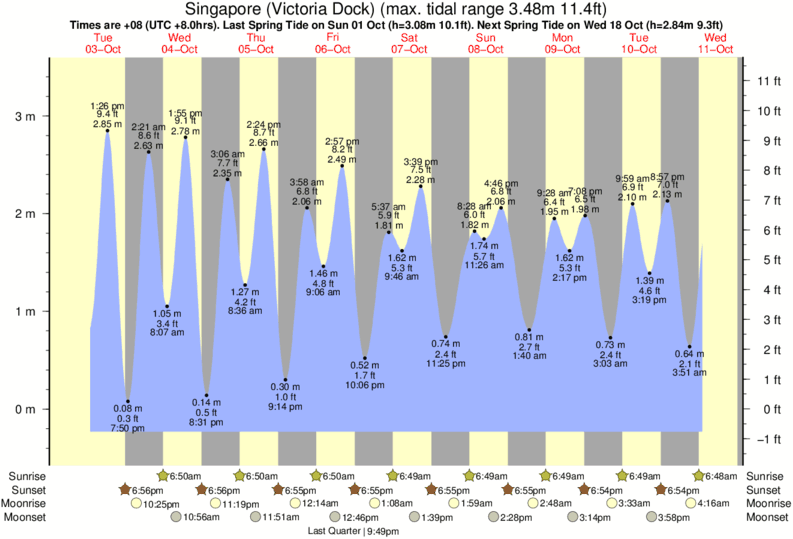
Ariel Yseth, Whale Scout ġ1:20 - Still out of False Bay/Pile Pt. Monika Wieland Shields, Orca Behavior Institute ġ1:28 - We’ve had 8 or so fishing off False Bay for about an hour but they’ve all moved out of sight up island.ġ1:19 - Lots of fishing off False Bay.

Does look like Js and at least some Ls - pretty sure I saw L25. ġ3:00 - Whales off Eagle Point and north of there, milling trending south. ġ6:45 - Leaders north of Eagle going north.ġ3:40 - Wide spread and trending south/offshore from Eagle. ġ7:50 - Still spread and milling between Eagle and Pile. Michelline Halliday, SJIġ8:15 - Still widely spread now trending south and offshore from Eagle. , I estimate the orcas are off of Pile Point and they slowly drifted south, out of sight. Possibly resting on a calm and quiet sea.Ġ3:00, The resting orcas began to travel south until out of earshot.ġ1:47 - 12:30, 4-5 orcas milling, seeing fins and distant blows far to the south, viewing from 1 mile south of Landbank. There were no other sounds surface activity and it doesn’t seem like they are milling the blows are coming from the same spot for over an hour. I can hear the inhalations so the orcas aren’t far from shore. I’m hearing a repeated pattern of a quick succession of many blows followed by silence for 30 seconds to as much as one to two minutes long. No direction, estimating 8-10? individuals. L-Pod, Haro Strait, SJI - 01:40, Loud orca blows 1 mile south of Landbank’s Westside Preserve. These findings suggest strong effects of freshwater-saltwater mixing on dissolved carbon dynamics, which should be taken into account in carbon processing and budgeting in the world's estuarine systems.SOUTHERN RESIDENTS (fish-eating ecotype) - Sun, Aug 7 - Haro Strait (Lpod in the morning Js head south down Rosario Strait then west towards SJI, merging with L pod) DIC concentration increased six times from freshwater (0.24 mM) to saltwater (1.64 mM), while DOC showed an opposing trend, but to a lesser degree (from 1.13 to 0.56 mM).

For the entire study period, the river's freshwater discharged 0.25 x 10⁹ mol dissolved inorganic carbon (DIC) and 1.77 x 10⁹ mol dissolved organic carbon (DOC) into the mixing zone. In the freshwater-saltwater mixing zone with wide channels and river lakes, however, a much larger amount of carbon (3.04 x 10⁸ kg) was emitted to the atmosphere during the same period. In the short freshwater river reach before a saltwater barrier, 0.079 × 10⁸ kg carbon was emitted to the atmosphere during the study year. The average CO₂ outgassing fluxes at site 1 through site 6 were 162, 177, 165, 218, 126, and 15 mol m⁻² year⁻¹, respectively, with a mean o f 140 mol m⁻² year⁻¹ for the entire river reach. We found that throughout the sampling period, all six sites exhibited CO₂ supersaturation with respect to the atmospheric CO₂ pressure during most of the sampling trips. From November 2013 to December 2014, we investigated freshwater-saltwater mixing effects on dissolved carbon concentrations and CO₂ outgassing at six locations along an 88-km-long estuarine river entering the Northern Gulf of Mexico with salinity increasing from 0.02 at site 1 to 29.50 at site 6 near the river's mouth. The delivery of dissolved carbon from rivers to coastal oceans is an important component of the global carbon budget.


 0 kommentar(er)
0 kommentar(er)
